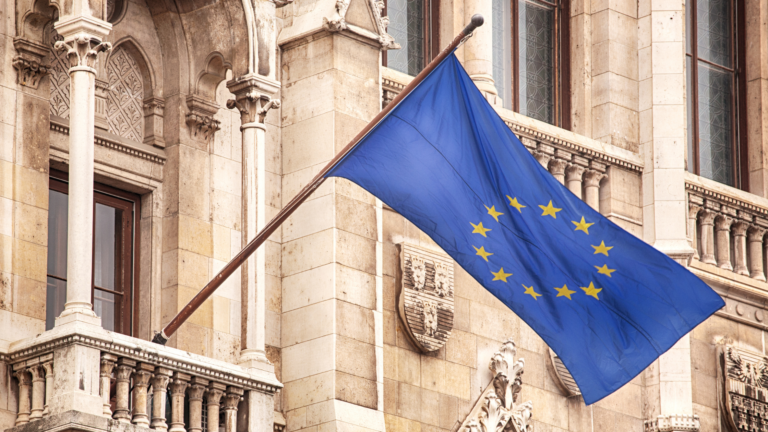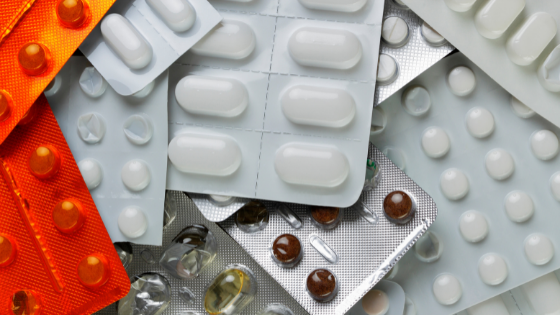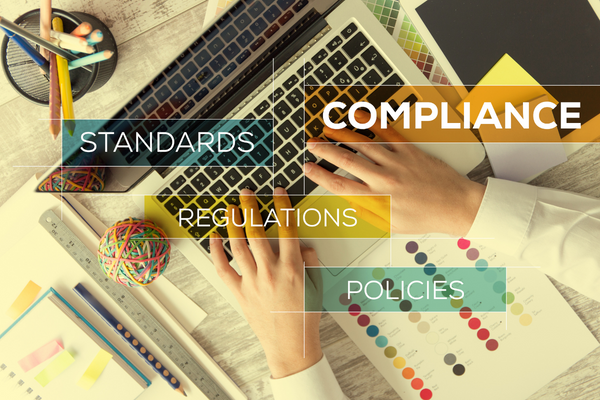
Cosmetic and beauty trends can change on a dime, as new technologies are developed and consumer tastes and loyalties shift. Most recently, the trend has been toward clean cosmetic brands that appeal to the newest generation of customers. These socially responsible consumers are choosing brands that are organic, sustainable and eco-friendly, causing more traditional manufacturers to put increased focus on ingredient transparency in order to remain competitive.
This trend is having an impact on major retailers as well, as they move to check the ingredients in cosmetics they sell, ensuring that a good portion of the products on their shelves can be classified as “clean” under their particular definition of this product category. It should be noted however, that as of today there is no established legal definition for “clean cosmetics” that is currently recognized by any authoritative body. Industry harmonization for this category is lacking at the moment as retailers vary in terms of how they define a “clean cosmetic”, although there are many similarities. This is a quickly growing trend that is truly consumer driven and retailers are responding to their specific demographic needs. This drive toward healthy cosmetics is expected to have a significant impact on industry growth overall. Retailers and manufacturers alike are investing in the development of plant-based ingredients and preservatives to meet the growing need for clean cosmetics that are free of chemicals that are perceived or deemed to be harmful to humans, the environment, or both.
Growth of The Clean Cosmetic Trend in 2019
This clean cosmetic movement is motivating consumers to take a closer look at what is in the products they use. Market research has shown that cosmetic consumers now place more emphasis on natural ingredients and reducing the impact on the environment than they do on name brand recognition. Niche retailers like Sephora are making this movement for safe cosmetics the cornerstone of their business. Even mass-market stores like Target and Ulta Beauty are moving toward incorporating cosmetic brands that consider their products as non-toxic, assuming they meet the specific retailer definition of a “clean cosmetic”.
Sephora is clearly leading the clean cosmetic charge with new healthy cosmetic product lines and clean beauty initiatives. They have developed an elaborate restricted substance list (RSL) for their private label Sephora Collection line that extends beyond the 1,300 plus ingredients restricted by the E.U. Sephora has doubled down on the demand for natural beauty brands by launching their Clean at Sephora line, which includes only those cosmetics, skincare, hair care and fragrance products that adhere to Sephora clean beauty standards. Any product labelled as clean must be “formulated without” more than 50 banned ingredients including beta hydroxy acid (BHA), mercury and mercury compounds, sodium lauryl sulfate (SLS), sodium laureth sulfate (SLES), parabens, formaldehyde, phthalates and mineral oils. Sephora has also taken the unprecedented step of requiring that – beginning in 2020 – all manufacturers of products sold in the Clean at Sephora line disclose ingredient information to the company to further ensure that the products they sell can truly be labelled clean.
Larger retailers wanting to capitalize on the clean cosmetic trend are making changes of their own. Target has been revising its clean cosmetics strategy, placing the Target Clean logo on more than 30 natural beauty brands and 4,000 products, including Target’s private label brands Goodfellow & Co and Smartly, as well as brands such as Unilever’s Love, Beauty and Planet lines.Target’s sales of beauty, personal care products, and household essentials approached $18 billion in 2018, or 24% of Targets total sales. Keeping on top of this cosmetic trend by moving to products that meet a “clean” definition by Target’s standards and expanding the retail space available for beauty products is imperative to Target’s continued success.
Smaller, boutique-style cosmetic retailers are not immune to this trend, and in many ways have pioneered the transition to “clean cosmetics” by carefully curating their products and attracting a dedicated base of eco-conscious consumers. Credo actively promotes and displays their mission to discover the cleanest ingredients available and to provide the largest collection of beauty products they consider to be, clean, safe and sustainable.Their Credo Clean Standard promises that all their products are free of “Credo Dirty List” ingredients, cruelty-free, and have documented evidence of compliance and claim substantiation.
Follain takes a similar approach, basing their entire business on the clean cosmetic model, posting their product approval process and extensive list of Follain-prohibited ingredients on their website. Credo and Follain – and other niche retailers like them – make it clear that they are targeting the socially aware, environmentally conscious clients who have propelled the healthy cosmetic trend to center stage for the industry.
The Challenges of Creating Clean Cosmetics
While retailers and consumers have been quick to jump on the clean cosmetic bandwagon, manufacturers know that achieving a clean labelled product is complicated. Again, the definition of the term “clean” is unclear, with no specific regulation defining proper use. While the idea of using completely natural and sustainable ingredients may be popular, natural replacements do not yet exist for some chemical ingredients, and preservatives are proving especially difficult to replace.
Nonetheless, manufacturers have been finding ways to use biological processes to replace petroleum-based chemicals. Last year, bioengineering company Genomatica introduced a natural butylene glycol – used as a moisturizing ingredient – created through fermentation of sugar using genetically modified E. coli bacteria, making the butylene glycol sustainable and environmentally friendly. Manufacturers are also investigating natural replacements such as clay and starches for emulsifiers and surfactants that can irritate the skin.
Personal care products are typically stored in bathrooms, where the warm and humid environment allows microbial growth to thrive. Preservatives extend the shelf life of products, but antimicrobial compounds used to preserve cosmetics – often parabens and formaldehyde – are considered by some to be harmful to humans in spite of regulatory agency use restrictions to what is considered a safe level. Researchers are looking at ways to modify chemical molecular structures to optimize the antimicrobial benefits while minimizing the toxic properties, making preservatives that can be used in clean cosmetics.
Consumer education will play a big role in the transition to cleaner cosmetic ingredients. Anyone reading a product label with butylene glycol will naturally think that the product has a chemical considered to be toxic, so manufacturers will need to be clear about the source of ingredients they use.
Further challenging cosmetic manufacturers is the standardized naming convention for cosmetic ingredient names – the International Nomenclature of Cosmetic Ingredients (INCI). Using standardized ingredient names does make it easier for global cosmetic trade and compliance, but consumers may continue to think that any ingredient that is unfamiliar or difficult to pronounce is harmful. For example, the INCI name for red clay is montmorillonite, and the term for shea butter is butyrospermum parkii. Both are typically natural ingredients, but to the uneducated eye, both label names potentially read or are perceived as chemicals to the consumer and must therefore be dangerous to use. Manufacturers and retailers alike will need to continually educate their customers on label names and clarify that some unpronounceable terms are actually common healthy and natural ingredients, assuming they are sourced correctly.
Supporting the Growing Trend
Cosmetic and beauty product sales are expected to grow globally by about 6% per year through 2020, driven largely by the natural beauty trend. The trend for safe cosmetics will carry on, and cosmetic science will continue to identify new ingredients to replace existing hot-button ingredients with the potential for risk to human health or the environment.
But as consumer demand for eco-friendly and clean cosmetics grows, manufacturers will be hard-pressed to demonstrate compliance with the various retailer standards that allow them to produce a clean label for their products.
Ithos Global Solutions is the one-stop resource for all pertinent ingredient, product and label regulatory compliance information. Contact Ithos Global to help meet your retailer “clean” requirements.







